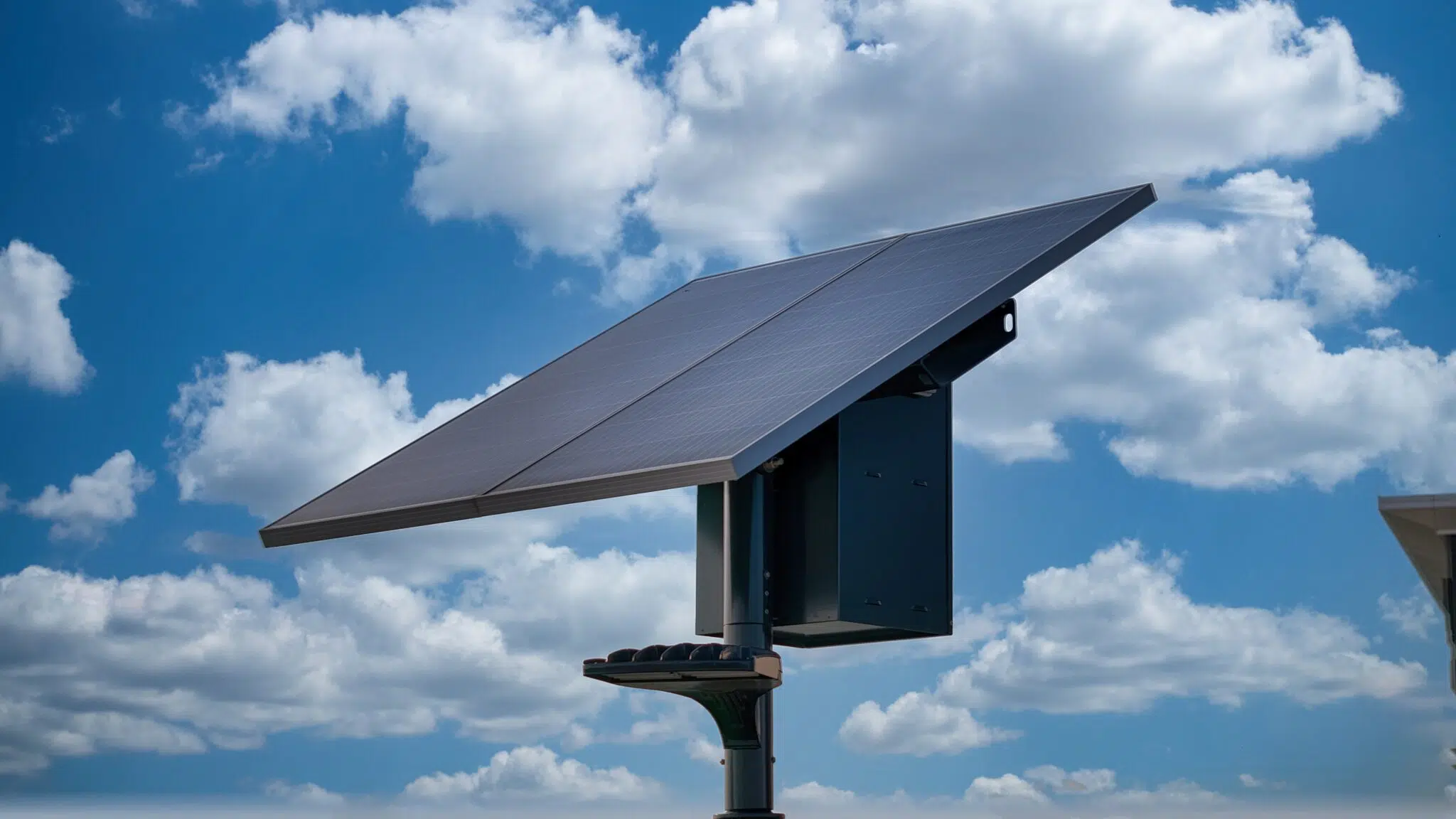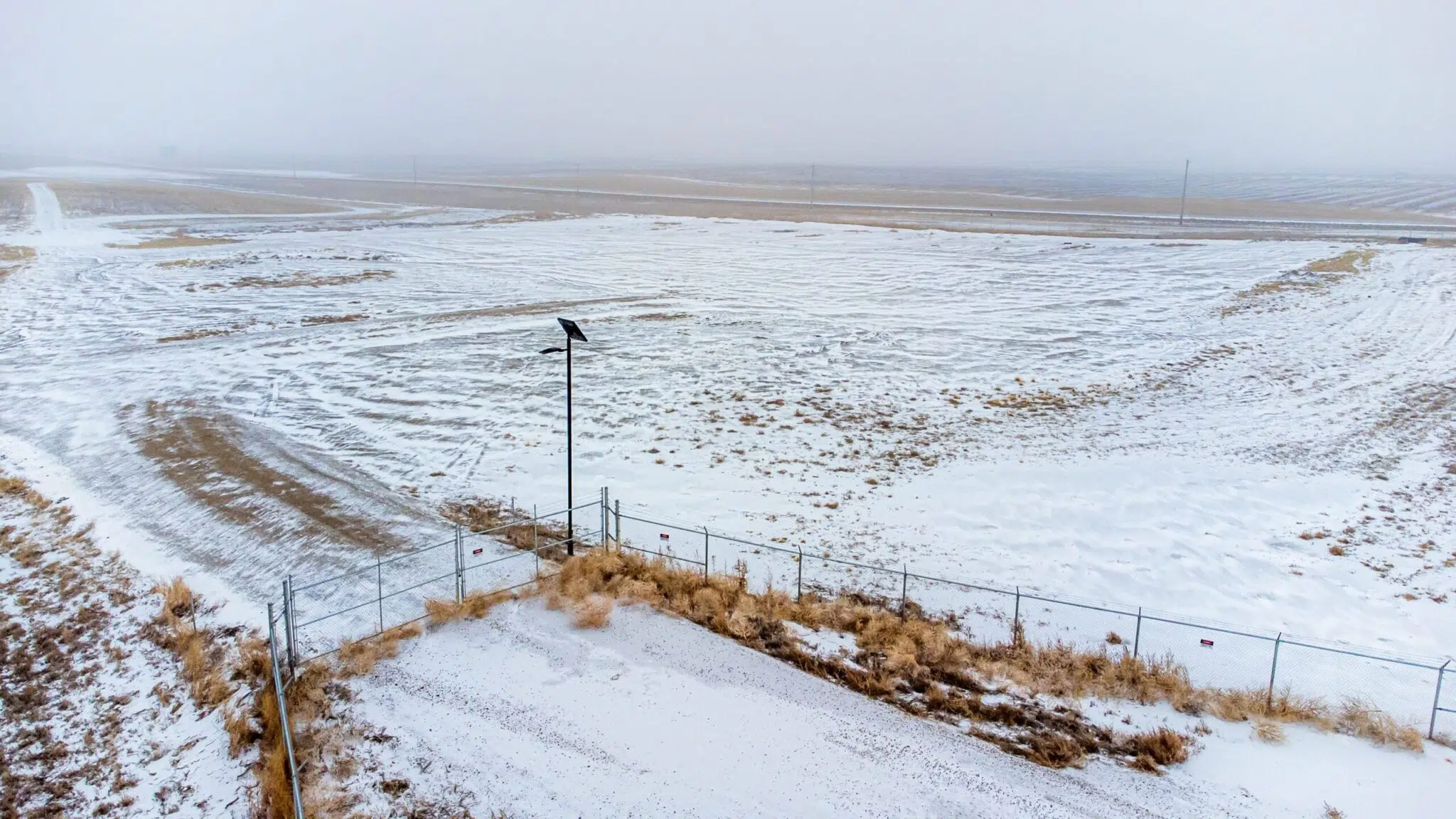Â
Â
Solar lighting is often considered unreliable, particularly in colder climates or areas with less sunlight. However, this perception stems largely from outdated designs and improper system sizing. Modern solar lighting solutions, when properly engineered, can perform exceptionally well even in challenging environments.
Â
At Sol, we understand the importance of precision when it comes to solar lighting. Our team takes into account factors such as latitude, seasonal variations, and specific usage patterns to ensure optimal performance. By carefully selecting components and tailoring each system to its intended application, we eliminate the guesswork and deliver dependable illumination year-round.
Â
Â
Solar lighting only works in sunny locations
Â
Contrary to popular belief, solar lighting can thrive in regions with less sunlight. While it's true that solar panels produce more energy under direct sunlight, advancements in technology allow them to harness sufficient power even in overcast conditions. Proper system design plays a crucial role here—by increasing panel size or optimizing storage capacity, we can compensate for lower light levels.
Â
For instance, consider a city like Seattle, which experiences frequent cloud cover throughout the year. To accommodate this climate, we would increase the panel surface area and choose high-capacity batteries capable of storing excess energy during brighter periods. Additionally, adjusting operational parameters, such as dimming lights during off-peak hours, further enhances efficiency without compromising safety.
Â
Solar lighting is expensive
Â
While it’s true that initial investment costs for solar lighting used to be prohibitive, recent developments have significantly reduced these expenses. Today, the price gap between solar and traditional grid-connected systems continues to narrow thanks to falling component prices and government incentives. Programs like the Investment Tax Credit (ITC) offer substantial savings, potentially covering up to 30-60% of installation costs.
Â
Moreover, solar energy offers long-term financial benefits. Unlike conventional electricity, which typically increases alongside rising utility rates, solar power remains free once installed. This makes solar lighting an increasingly attractive option for municipalities seeking sustainable yet economical solutions.
Â
Solar lights don’t last as long as grid-tied fixtures
Â
Another misconception is that solar lights have shorter lifespans compared to traditional streetlights. In reality, solar panels boast impressive durability, lasting well beyond their warranty periods. Industry standards suggest a lifespan exceeding 25 years for most panels, many of which continue functioning efficiently long after their initial deployment.
Â
Additionally, the quality of LED fixtures employed in solar lighting far exceeds that of older incandescent alternatives. High-grade LEDs, such as those manufactured by Acuity Brands, feature lifetimes exceeding 100,000 hours—nearly double the average lifespan of conventional bulbs. Regular maintenance ensures longevity, making solar lighting a wise choice for long-term projects.
Â
Â
Solar lights aren’t suitable for major thoroughfares
Â
While solar lighting may not yet meet the demands of extremely high-demand applications like highways or stadiums, it proves highly effective for numerous urban and suburban settings. Cities across the United States, including Kansas City and Madera, California, successfully implemented solar lighting systems on residential streets lacking adequate infrastructure for traditional streetlights.
Â
One innovative approach involves implementing adaptive lighting strategies. These systems adjust brightness based on real-time traffic patterns, ensuring maximum energy conservation without sacrificing visibility. Such flexibility allows solar lighting to adapt seamlessly to diverse environments while maintaining optimal functionality.
Â
Solar lighting lacks aesthetic appeal
Â
In the past, solar lighting fixtures often appeared bulky and industrial, detracting from their visual impact. Fortunately, contemporary designs prioritize both form and function, resulting in sleek, modern aesthetics suitable for nearly any setting. Our team collaborates closely with clients to select fixtures that complement existing architecture while delivering cutting-edge performance.
Â
Furthermore, advancements in LED technology enable warmer color temperatures that mimic natural light, enhancing user comfort and reducing strain on eyes. This shift away from harsh white tones aligns with evolving standards promoting human-centric lighting practices.
Â
—
Â
As demonstrated above, misconceptions about solar lighting often stem from outdated information or misapplication of best practices. With proper planning and execution, solar lighting emerges as a reliable, cost-effective, and environmentally friendly solution for countless scenarios. If you're ready to explore how solar lighting can benefit your community, contact us today to discuss your unique needs.
Â
Snow Sledge ,Plastic Toboggan Sled,Snow Sledge Board,Cool Sleds For Snow
ZHOUSHAN SKYTOP COMMODITY CO., LTD. , https://www.bodyboard.com.cn


